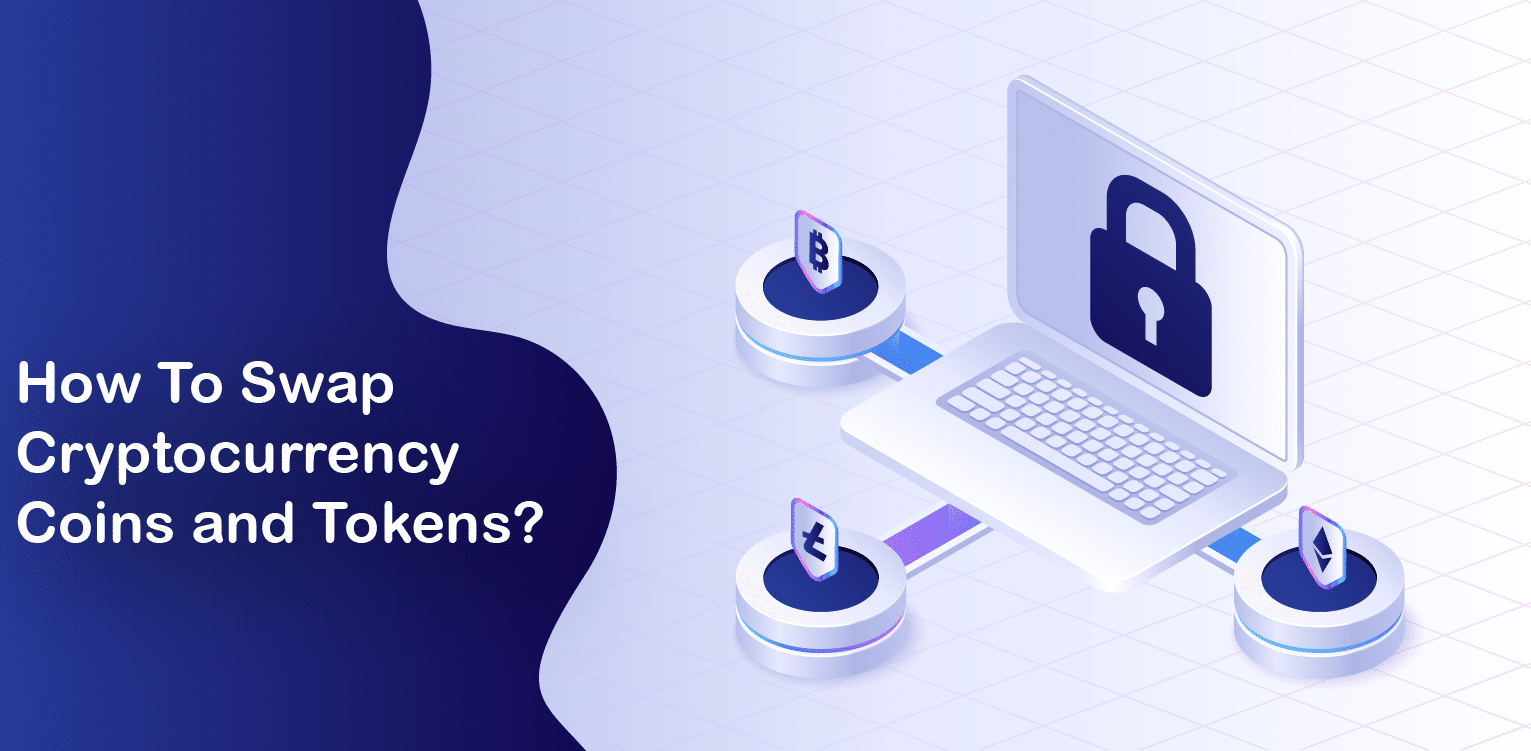For those who got into the cryptocurrency space and started buying crypto from one or more exchanges, doing their own research about the asset they’re buying, and generally expanding their knowledge over time about the crypto scene, they’ll come across the term “Swap” that’s usually used when talking about two separate crypto coins or tokens.
What is a Cryptocurrency Swap?
A swap refers to the act of exchanging one crypto asset with another, where one person would be able to swap an ERC20 type token with another of the same type on the Ethereum network, offered by another person, and this would be done through a platform that handles these swaps through the use of a smart-contract. One example of such a platform would be Uniswap.
That was just one kind of exchanging crypto assets. Another type of swaps would be done through a centralized exchange (CEX) platform like Binance, where you’d deposit your crypto coins or tokens into a custodial wallet and exchange them for a different crypto asset.
Generally speaking, the more decentralized the exchange process is, the more closer it is for that trade to be known as a ‘swap’ within the crypto scene. As such, a third example would be the use of a decentralized exchange (DEX) platform, such as our own WhalesHeaven, an escrow service where a swap between two types of cryptocurrencies is done while maintaining full custody of your token/coin, and this is done through a multi-signature (multisig) process, and in the case of the above-mentioned platform, they’d use a non-custodial multi-asset multi-signature cryptocurrency wallet called WH Cypher.
The last type of swap is called an atomic Swap, which is arguably the best in terms of how decentralized it is when you want to swap and exchange one coin like Bitcoin, for another like Litecoin, both of which are from two different blockchain networks and perform a truly decentralized exchange without the need of a third party to handle the swap.
How to exchange crypto assets via swap?
For token swaps via smart contracts, the most likely scenario you’ll be experiencing is that you’ll need to install a browser extension called MetaMask, which will be the main tool used when going to token-swap platforms like UniSwap or Pancake Swap. MetaMask is an Ethereum based crypto wallet, where you’d load it up with ETH for transaction fees, as well as swapping it or other tokens for others depending on the crypto project you’re interacting with.
When dealing with crypto exchange platforms, specifically centralized ones, you’d create an account on Binance for example, which will generate for you a custodial crypto wallet so you’d be able to deposit supported crypto funds in it and so you’d be able to swap (exchange) them for any other crypto that has a pair with your own coin/token. You’ll most likely have to go through a KYC process to use such platforms to a certain extent.
On the flip-side, there is the decentralized exchange platform like WhalesHeaven, you’d then make an offer to trade a coin with another, deposit the amount you’ll be trading with, and once a buyer has been found, the swapping process begins and you’d received your desired coin or token.
Regarding Atomic Swaps, there isn’t much support for it at the moment (yet), so you might find it difficult to find platforms that would help you facilitate such a swap, but we did find one that we used before and it’s a non-custodial crypto wallet called Komodo, where they have Atomic Swap DEX functionality built within their wallet, so you’d simply deposit crypto funds to your Komodo wallet, head over the DEX section, and see what offers there are on the platform, or make your own offer, and conduct the swap immediately as soon as you and the buyer/seller agree on the exchange.
